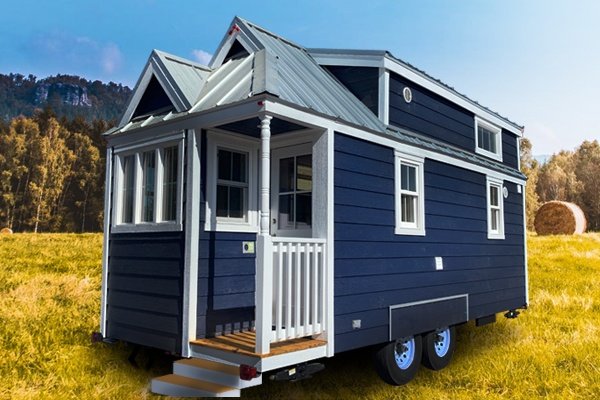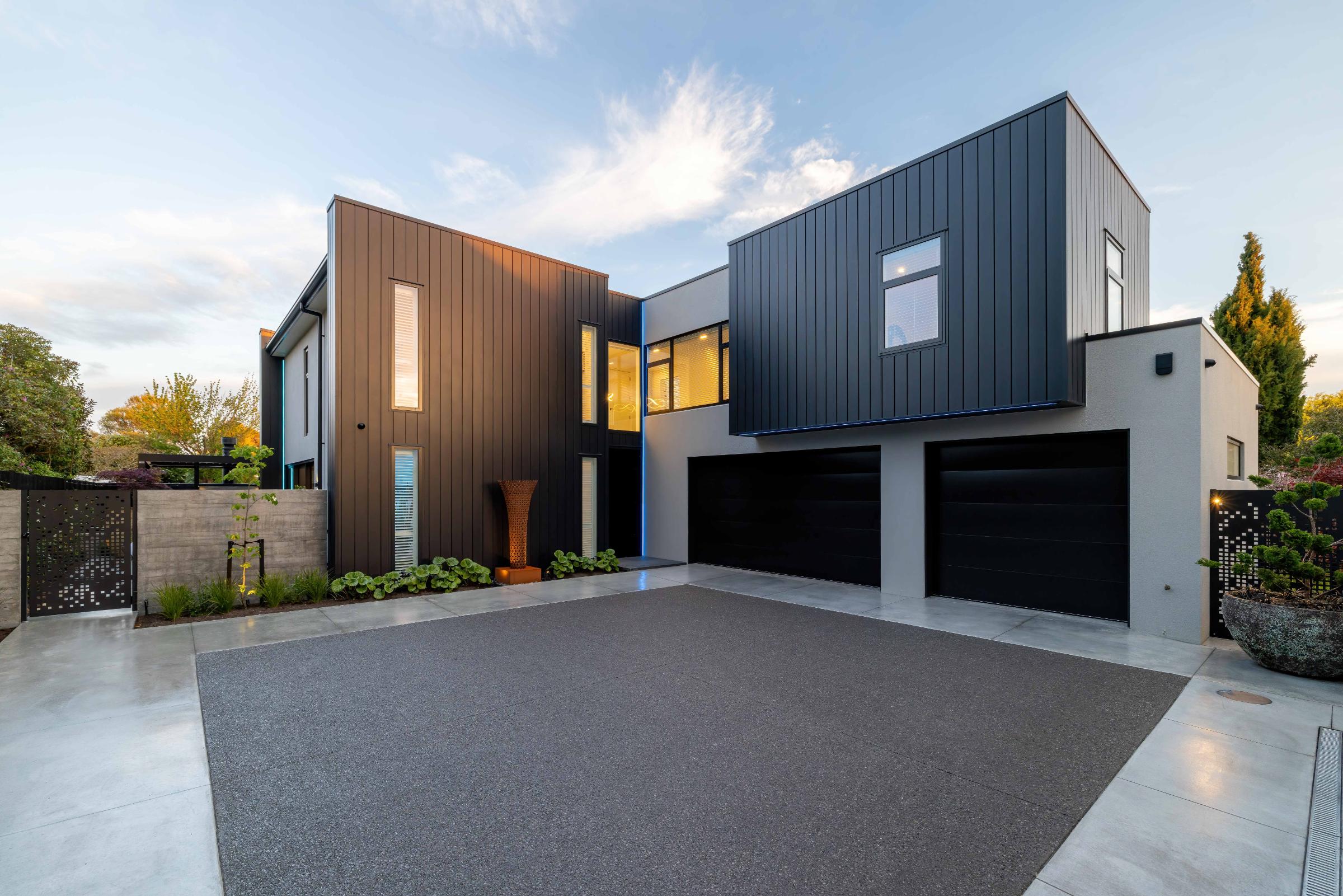You have the dream of building a tiny home, and have been researching your options. You know that one of the biggest decisions you’ll have to make is whether to put your tiny home on wheels or a foundation.
This is a big decision and one that should not be taken lightly, as it will affect both the cost and the look of your tiny home. In this article, we will discuss the cost considerations, mobility and flexibility, building regulations and permits, weather protection and stability, and design and aesthetic considerations of building a tiny home on wheels or on a foundation.
We will also look at the pros and cons of each option, so that you can make an informed decision on which is best for you.
Cost Considerations
Deciding between a wheeled or fixed base can be a tricky call when it comes to costs. Building a tiny house on wheels is typically the more cost-effective option, since you can purchase a pre-made trailer that is already designed to support the weight of the house. You may also be able to customize the size and shape of the trailer to fit the exact dimensions of the house.
Additionally, you will save money on the foundation, since you won’t need to pour concrete or install support beams. On the other hand, if you decide to build a tiny house on a foundation, you will incur the cost of pouring concrete footings, constructing a foundation, and building a floor. You also may need to hire a professional to inspect the foundation for any potential flaws or issues. Furthermore, you will have to spend more money on materials to make the house sturdier and more durable.
All in all, the cost of building a tiny house on wheels is usually much less than building on a foundation. The other main factor to consider when it comes to cost is the cost of moving the home. If you build your tiny home on wheels, you will be able to move it without too much hassle. All you have to do is make sure the tires are in good condition, the brakes are working properly, and the hitch is secured properly.
You Can Read Also : Install Kitchen Faucet with Expert Plumber Flowery Branch GA
Mobility & Flexibility
Whether you want to be able to move your home or stay put, it’s important to consider the mobility and flexibility of your abode.
Building a tiny home on wheels can provide great flexibility, as it can be towed to different locations. This can be ideal for those who want a home that can easily be moved to different places, whether for a vacation or a longer-term stay. Additionally, a tiny home on wheels can be towed away relatively quickly if there’s a need to vacate the area for any reason.
Building a tiny home on a foundation can provide stability, as the home will be firmly planted in one spot. This can be ideal for those who want a home that doesn’t need to be moved, and who want a more permanent residence. Additionally, a tiny home on a foundation can be built and customized to fit a specific area, making it ideal for those who want a home tailored to their specific needs.
No matter which option you choose, it’s important to consider the mobility and flexibility of your tiny home. Evaluate your lifestyle and needs, and consider how each option may fit with your current situation. You can also look into the local regulations and zoning laws in the area where you plan to build your tiny home, as this may have an impact on your decision.
Building Regulations & Permits
If you’re thinking about starting a tiny home project, it’s important to understand the building regulations and permits that come with it.
Before you start building, make sure to check with local and state authorities to find out the specific requirements in your area. Different states and counties may have different regulations for tiny homes, so it’s important to do your research. Depending on where you live, you may need to apply for a building permit, as well as other related permits like electrical, plumbing, and gas permits.
Besides the building permits, you may also need to make sure that your tiny home meets certain size requirements, as well as zoning regulations. In some cases, you may need to get approval from your local zoning board, and you may need to follow certain rules regarding the location of your home.
If you’re planning to move your tiny home frequently, you may also need to get approval from the Department of Transportation, or DOT.
No matter what kind of tiny home you’re building, it’s important to be aware of the regulations, permits, and zoning laws in your area. Before you start building, make sure to speak to the local authorities and find out what rules you need to follow. Take the time to do your research and make sure that you have all the necessary permits and approvals in place before you start building.
Weather Protection & Stability
To ensure your tiny home is well-protected from the elements and remains stable, it’s important to consider the type of weather protection and stability measures you need to take.
This includes the materials used in construction, the insulation you’ll use, how the home will be anchored, and the type of roofing materials used.
Using high-quality, durable materials is key. This will help protect your tiny home from extreme weather conditions, such as strong winds, hail, and heavy snow.
Depending on your location, you’ll want to consider the type of insulation that’ll work best for your climate. Proper insulation helps protect against extreme temperatures and moisture, and can increase the energy efficiency of your tiny home.
To further protect against extreme weather, you’ll want to make sure your tiny home is securely anchored. If you’re placing your tiny home on a foundation, you’ll want to make sure it’s properly attached to the ground.
If you’re placing it on wheels, you’ll want to make sure the foundation is strong and secure, and that the wheels are properly balanced. Finally, when it comes to roofing, there are a variety of materials that can be used. Consider materials that are durable and offer good protection from moisture and extreme temperatures.
Design & Aesthetic Considerations
When designing your tiny home, selecting the right materials and features can help create an aesthetic that is both beautiful and functional. Whether you choose to put your home on wheels or on a foundation, you have a range of materials to choose from such as wood, metal, and even recycled materials.
Consider the look and feel you want for your tiny home, as well as the type of materials that are best suited for your climate. For example, wood may not be the best material in a high humidity environment as it is prone to rotting.
Another key consideration for your tiny home’s design is the use of space. If you are choosing to put your home on wheels, you may want to consider a single-story design as two stories can be difficult to transport. Additionally, consider what type of furniture you would like to include, and if the pieces will fit comfortably in the space.
If you are opting for a foundation, you may want to think about the size of your tiny home and how it will look when viewed from the outside.
When it comes to designing your tiny home, there are a lot of decisions to make. Make sure that you’re selecting materials and features that’ll both look good and be suitable for your climate. Consider the use of space and the view from the outside if you’re opting for a foundation. With careful consideration, you can create a tiny home that looks great and is the perfect fit for you.
Conclusion
When deciding whether to build a tiny home on wheels or on a foundation, there are several aspects to consider. Cost, mobility, building regulations, weather protection, and design all play a role.
Ultimately, you must decide what works best for you. If you’re looking for flexibility and mobility, you may want to consider putting your tiny home on wheels. But if you’re looking for stability and weather protection, you might want to opt for a foundation.
Whichever path you choose, make sure you consider all the options before you commit to either one.




